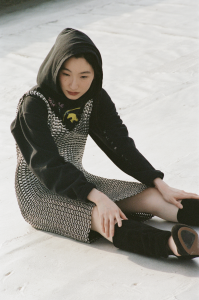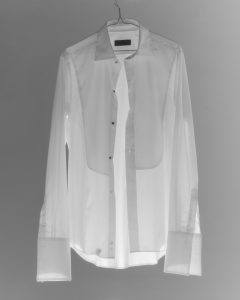The photographer on his skate images, the T-shirt collaboration and the enduring appeal of “ballet on asphalt”
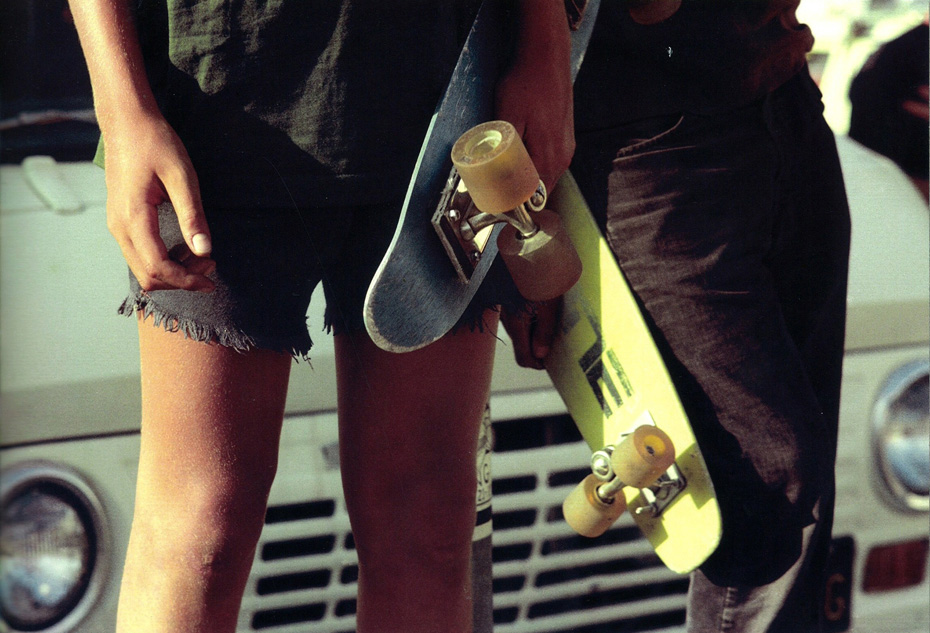
Fashion and youth culture go hand in hand. Partly because they’re the ones designers aim their clothes at – if they can afford them – but also because they’re often the source of inspiration for these brands. Energy, attitude, swag and style – these are the teenage attributes that big and small fashion brands alike are trying to capture and turn into clothes. Over the years, basically since rock ‘n’ roll and teenage rebellion was invented in the 1960s, countless youth movements and cultures has influenced Parisian catwalk moments. But in order to do that you need an observer, someone who was there at the time and captured the outbursts of raw and innocent emotions. One such observer is photographer Hugh Holland.
In the 70s, the US photographer made a name for himself shooting the young skateboard community hanging out on the Los Angeles beaches. Let loose by flower power and a liberal approach to, well, everything, these young boys lived live to the full on their boards, “bopping up and down” in the concrete cavities by Malibu, Santa Monica and Venice Beach. These images went into his legendary photo book, Locals Only. In 1978, this was one of the first, and most honest, accounts of this youth movement. Today, skaters are everywhere and you often hear it’s a ‘way of life’. That’s probably why Ilan Chetrite, menswear designer at French lifestyle bastion Sandro, chose to use Holland’s images for his T-shirt capsule collection. When Holland was in town recently, signing copies of his book, we asked him about skating’s fashion appeal and what made it so popular among the youth back then…
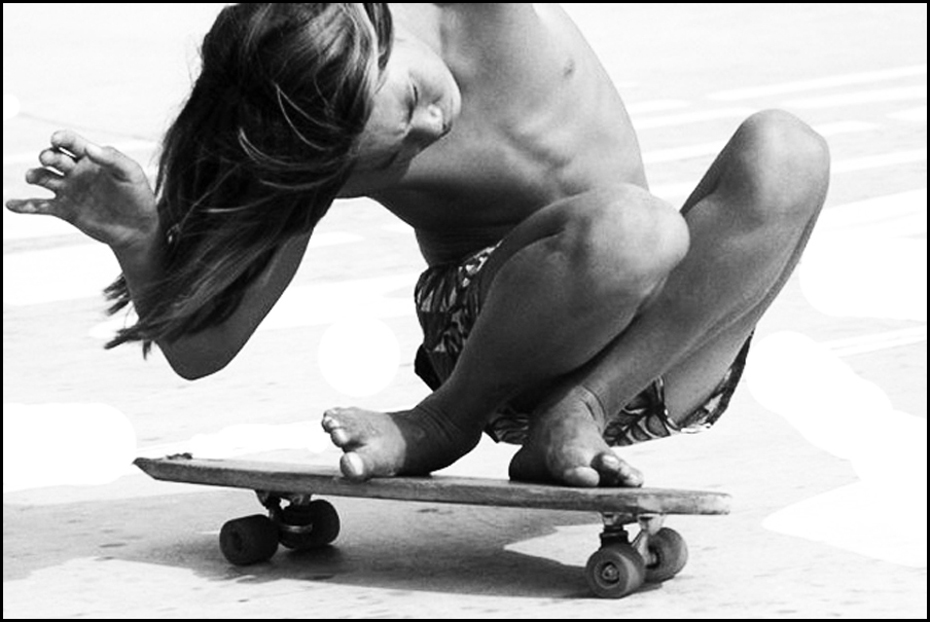
David Hellqvist: Why do you think Sandro and other fashion brands like your images?
Hugh Holland: Ever since the skateboard pictures came out, ever since they discovered my vast trove of images, the ones that have been most interested in them are fashion people. I suppose they’re interested in these photos from California in the 70s because what goes around comes around – and there was a sense of freshness and energy at that time.
David: How did you get into shooting skaters?
Hugh: I’d seen the guys on the street before, but this kind of skating was something new – they were going vertical. First I was confused and didn’t know what it was, they were just bobbing up and down in a drainage bowl. I had my camera and I just walked over there and starting taking pictures. The fascination was the visual magnificence of a sort of ballet on asphalt – they had this amazing grace. They were really graceful and they were not the types to think of themselves as graceful. I think it came from the surfing style, finding the right balance.
David: Why do we associate skating with southern California?
Hugh: Because of the surfing connection and everything just came together around 1975-76. It was partly down to the invention of the polyurethane wheel, which was soft and clung to the vertical surface so they could have traction, and at the same time there was a drought so there wasn’t any water in the drainage ditches or in the pools…
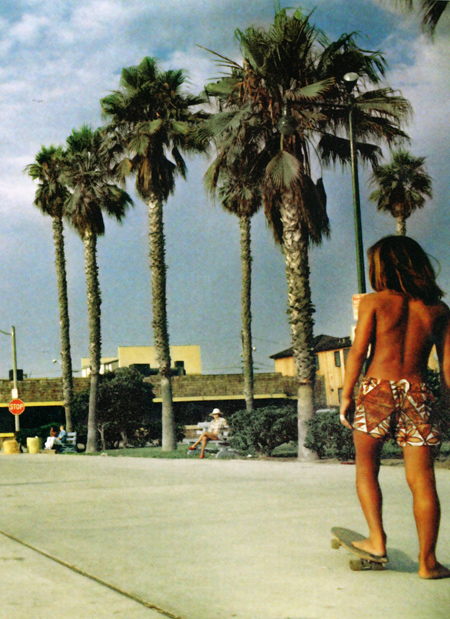
David: What about the pop culture youth movement connection?
Hugh:Yeah, there was the surfing music, but this was a little bit later than the Beach Boys. When I think back on it I don’t recall any music, the skaters were listening to the music of their own wheels!
David: You did this for three years, what did you feel when you stopped?
Hugh: I didn’t think on it at the time, I was just moving on to other things in my work, but looking back I think it was just not so interesting anymore, things changed so rapidly within those three years; by 77-78 money started coming into it, insurance and logos and safety gear – it quickly got quite commercial…
David: Why do you think the kids got so attached to skating?
Hugh: For them, at that time, it was an act of testing and trying new things, these were gangs of teenage boys mostly, they were just seeing who could outdo one another and testing the limits, it was all new, it was a new way to express their teenage angst.
David: Were you close to them?
Hugh: I was, I developed relationships with a couple of them, but over the years we’ve lost touch, there’s two or three I’m still in touch with. One was Glen Freedman, he’s a photographer now… he was only 14-15 but he was already shooting alongside me, I quit, he went on and shot a lot more after me, then he went into shooting punk rockers and stuff, but he’s still in the skater scene, he’s had two or three books out…


